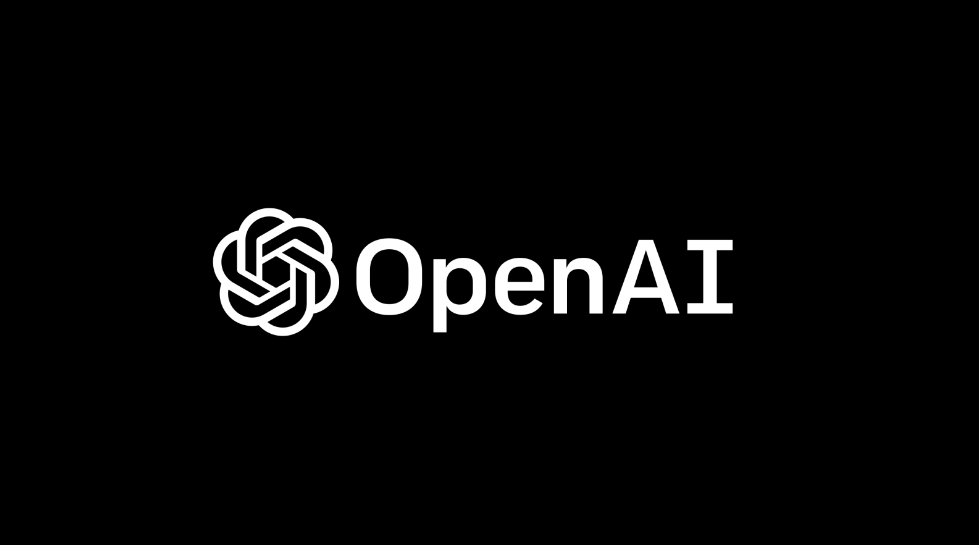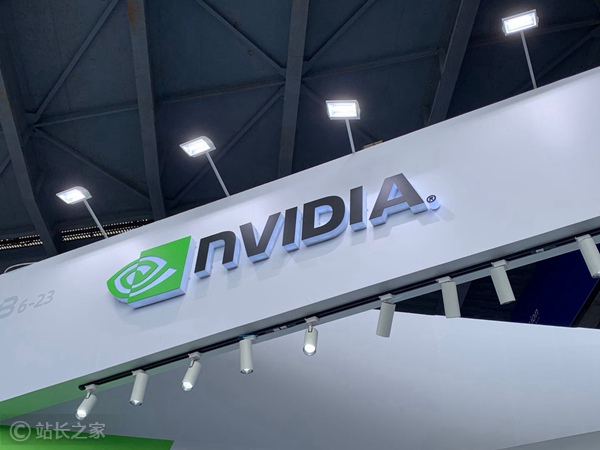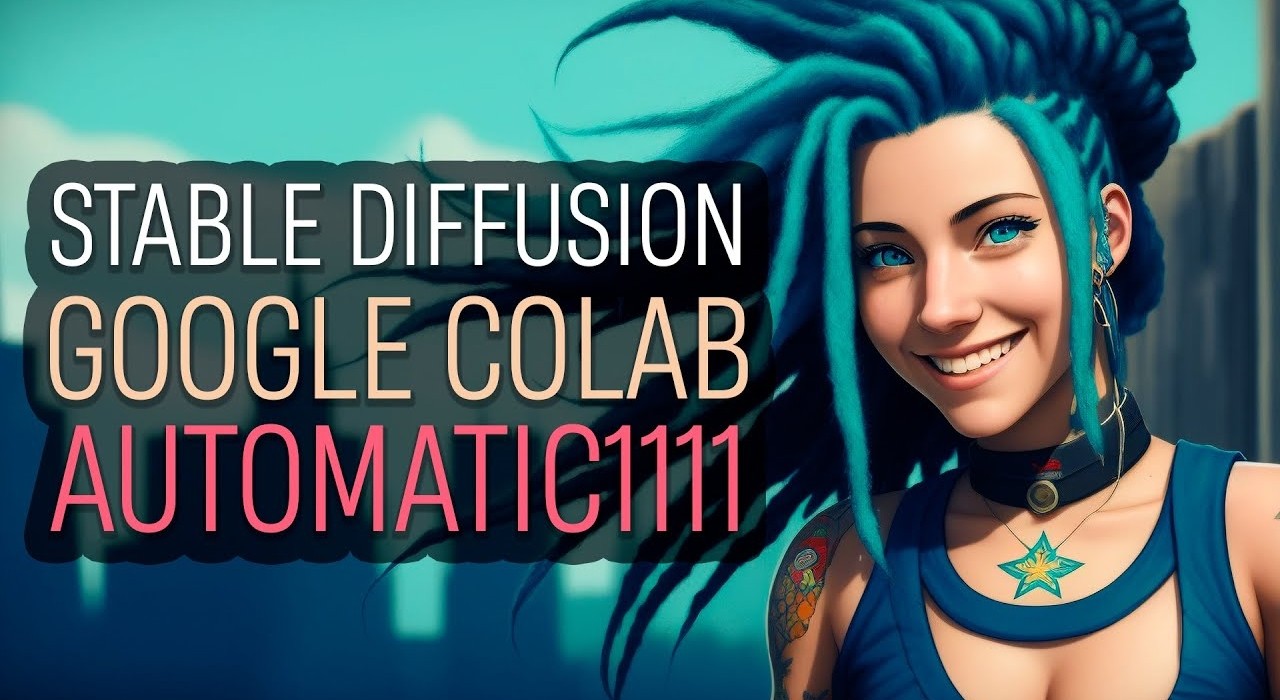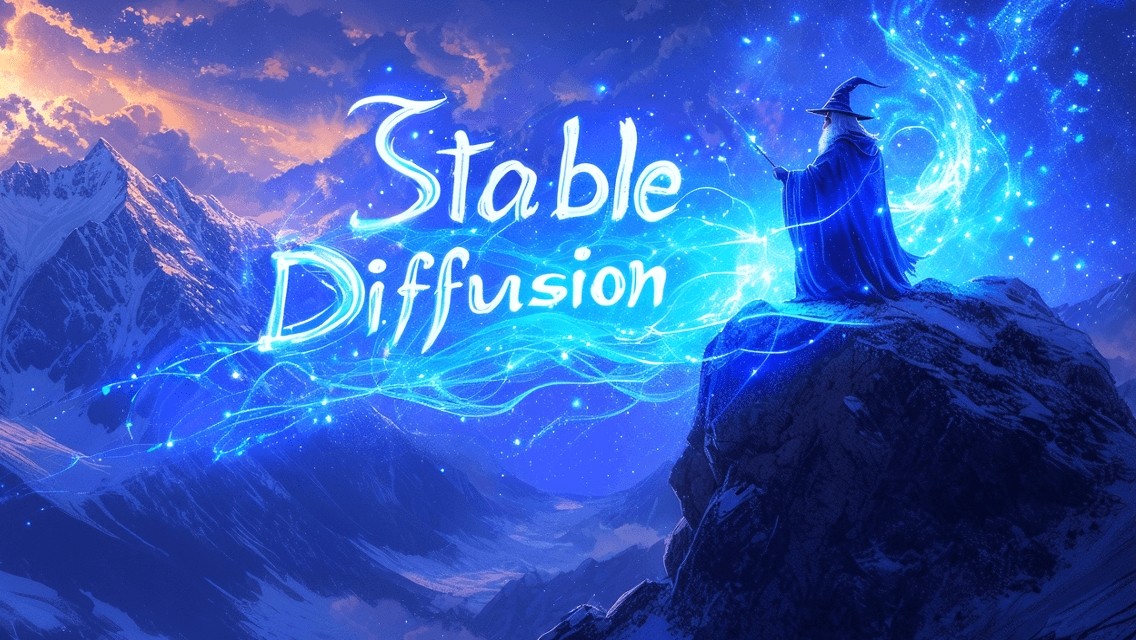Luma AI recently launched the latest video generation model Ray2 on its Dream Machine generated AI video creation platform. This innovation has attracted widespread attention in the industry.

Since the release of Dream Machine last summer, in just seven months, the field of AI video has changed rapidly, and many new models have emerged one after another, including Runway, Kling, OpenAI's Sora and Google's Veo2.
The launch of Ray2 marks another breakthrough for Luma AI in video generation technology. Amit Jain, co-founder and CEO of Luma AI, said that Ray2 has been trained with ten times the calculations of the previous model Ray1 and has "fast, natural, consistent movement and physical characteristics." This advancement significantly improves the success rate of generating production-ready videos, making video creation easily accessible to more people.
Currently, Ray2 mainly supports the text-generated video function. Users can enter a description and generate a short video of 5 to 10 seconds . The model itself is generated quite quickly, although the time to generate the video can sometimes reach several minutes due to surges in demand.
Example videos shared by Luma AI demonstrate the versatility of Ray2, including scenes of a person running in an Antarctic snowstorm and a ballet dancer performing on Arctic ice. The action in these videos looks vivid and smooth, and moves much faster than other competitors' AI-generated videos, which tend to appear a bit sluggish.
User feedback on the Ray2 has also been overwhelmingly positive, with many creators praising its excellent photography, lighting and realism on social media. However, some users have found in testing that for complex prompts, the generated results may appear unnatural and distorted.
Officials say that Ray2 is initially available in Dream Machine to paid subscribers to control generation queue time, Image/Video-to-Video (Tusheng Video, video generation video function) and longer products are coming soon!
To celebrate the release of Ray2, Luma Labs is also hosting the Ray2 Grand Prix, where creators have the opportunity to win up to $7,000 in prizes. The contest has two prizes: the creator with the most views within the first week of launch will win $5,000; creators who participate in social media sharing will also have the opportunity to win $3,000 through a drawing. Entries must be submitted by January 22, and the winner will be announced on January 27.
Additionally, Luma Labs has launched an affiliate program where participants can earn commissions by promoting its tools. This series of activities aims to encourage more creators to participate in the exploration of new technologies.
Project entrance: https://lumalabs.ai/ray
AI courses are suitable for people who are interested in artificial intelligence technology, including but not limited to students, engineers, data scientists, developers, and professionals in AI technology.
The course content ranges from basic to advanced. Beginners can choose basic courses and gradually go into more complex algorithms and applications.
Learning AI requires a certain mathematical foundation (such as linear algebra, probability theory, calculus, etc.), as well as programming knowledge (Python is the most commonly used programming language).
You will learn the core concepts and technologies in the fields of natural language processing, computer vision, data analysis, and master the use of AI tools and frameworks for practical development.
You can work as a data scientist, machine learning engineer, AI researcher, or apply AI technology to innovate in all walks of life.







